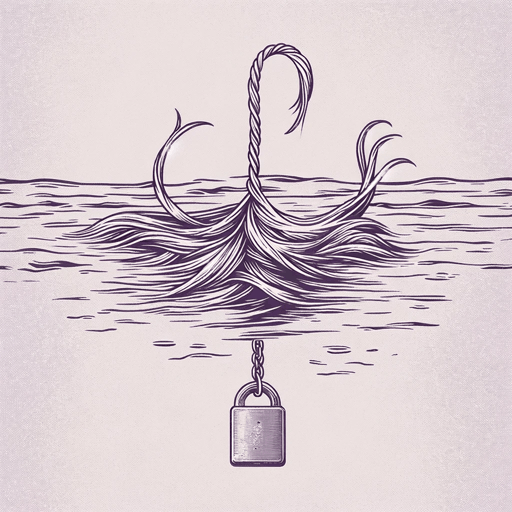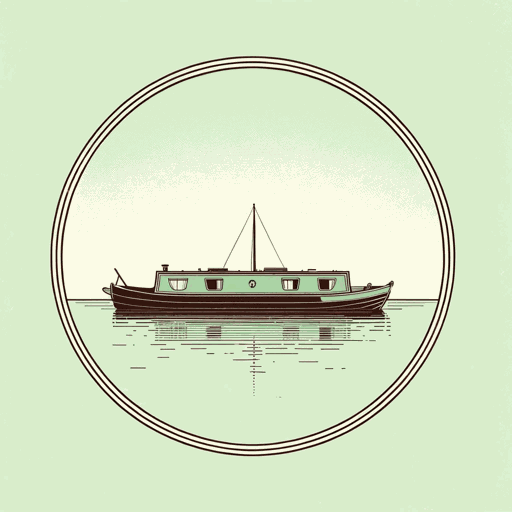50 pages • 1 hour read
Paula HawkinsInto the Water
Fiction | Novel | Adult | Published in 2017A modern alternative to SparkNotes and CliffsNotes, SuperSummary offers high-quality Study Guides with detailed chapter summaries and analysis of major themes, characters, and more.
Themes
Troublesome Women and Good Men
Hawkins uses the phrases “troublesome women” and “good men” frequently throughout Into the Water. Nel’s obsession with troublesome women forms the core of the story, as she delves into Beckford’s history and learns how many times women have been drowned or drowned themselves for behaving inappropriately. “Troublesome” is a code word for women who behave outside the norms of expected behavior in a society dominated by men. Any woman who stands up for herself against men, who engages in sex for enjoyment, who has potentially questionable relationships, or who simply seems to exist outside the bounds of “accepted” behavior is “troublesome.” A good woman, by Beckford’s definition, would be Patrick’s ideal—plain, honest, virginal, obedient. Most of the women of modern Beckford are troublesome. Nel, Jules, Lena, Katie, Nickie, and Erin all behave outside their supposed bounds, and all of them are insulted, disparaged, shunned, or killed, often with contributions from other women. However, those who survive eventually find strength in each other and in standing up against the system that tries to keep them down.
The only two “good” women—Helen and Louise—lose what they love, including the understanding of who they thought the people around them were. Being troublesome may often end in disaster, but being a slave is no better.
Related Titles
By Paula Hawkins



